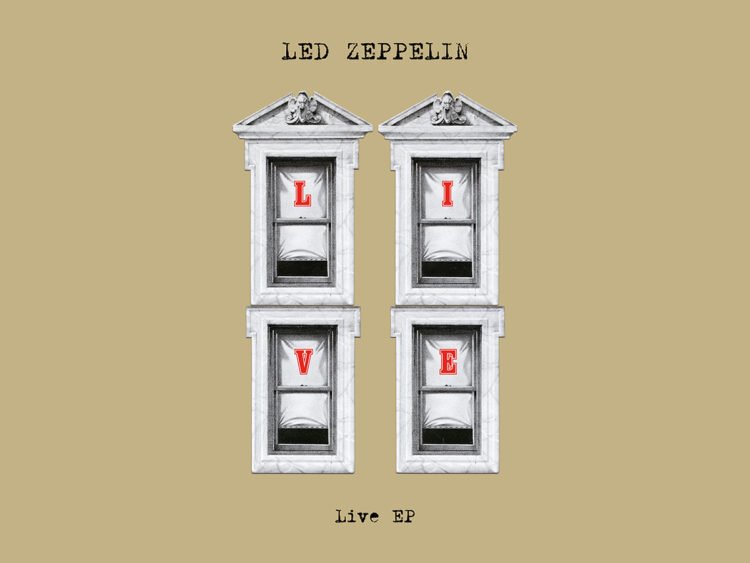From Led Zeppelin to Local Theater: A Pilgrimage to the Iconic Physical Graffiti Buildings on New York’s St. Mark’s Place
Tucked away in the heart of Manhattan’s East Village, the red-brick buildings at 96 and 98 St. Mark’s Place hold a special place in rock history—and in the hearts of music lovers who make the quiet pilgrimage there. These seemingly ordinary tenement buildings were immortalized on the cover of Led Zeppelin’s 1975 double album Physical Graffiti, their weathered façades forever etched into the mythology of classic rock. Fans may be surprised to learn that the album artwork, iconic as it is, required a little artistic manipulation—one floor was cleverly removed from the photograph to ensure the image fit a perfect square album sleeve.
But Led Zeppelin aren’t the only legends tied to these stoops. A few years later, the Rolling Stones brought their own brand of rock royalty to the scene. In the video for “Waiting on a Friend,” Mick Jagger and Keith Richards are seen lounging casually on those very steps, laughing and catching up as if the city had paused just for them. The video captures something real and timeless about the neighborhood—a rawness that still lingers amid the shifting storefronts and gentrifying blocks.
Today, the legacy of Physical Graffiti lives on not only through album collections and music history books but also in a quaint little café nestled within the same building. Aptly named Physical GraffiTea, this charming tea shop is a cozy haven offering loose-leaf teas, herbal blends, and a serene atmosphere. It’s become a cherished stop for those seeking a moment of quiet reflection—or just a perfect cup of oolong—beneath the shadow of rock legends.
Just below the café, the magic continues in an unexpected way. A small, intimate basement theater hosts off-off-Broadway productions, indie showcases, and experimental works that honor the neighborhood’s rich tradition of counterculture and creativity. For locals, it’s a hidden gem; for visitors, a welcome surprise. Whether you’re sipping tea upstairs or taking in an avant-garde play downstairs, the buildings at 96 and 98 St. Mark’s remain a living, breathing part of New York’s cultural heartbeat.
Cheers to the power of music, memory, and the quiet thrill of standing where legends once stood.
